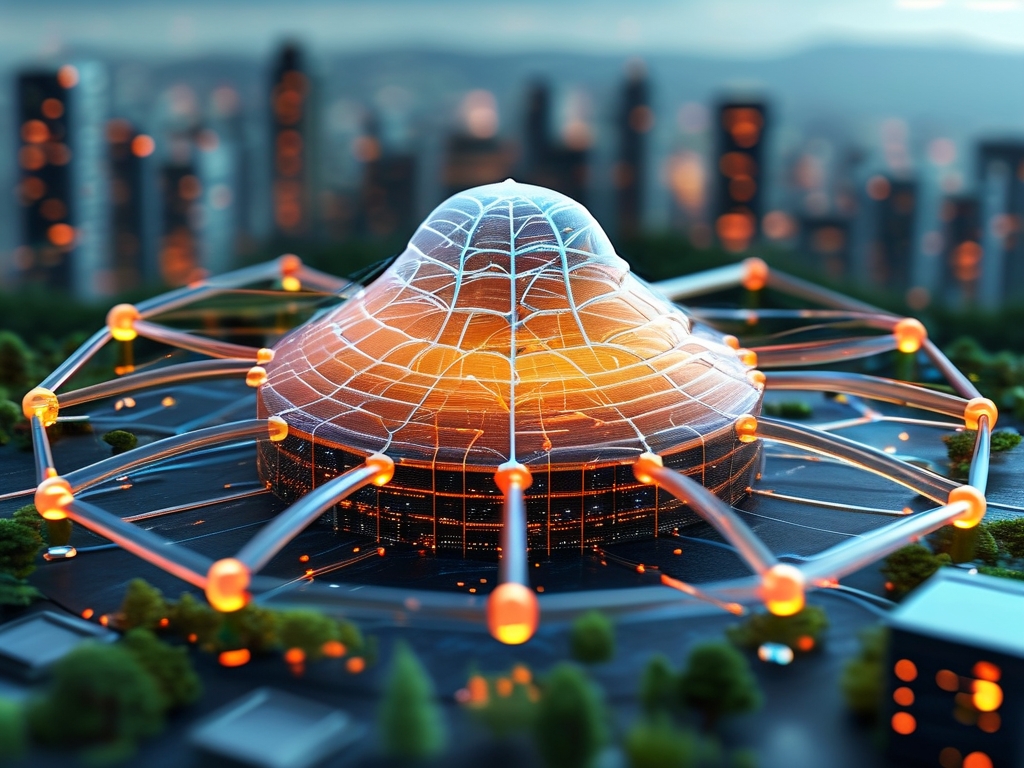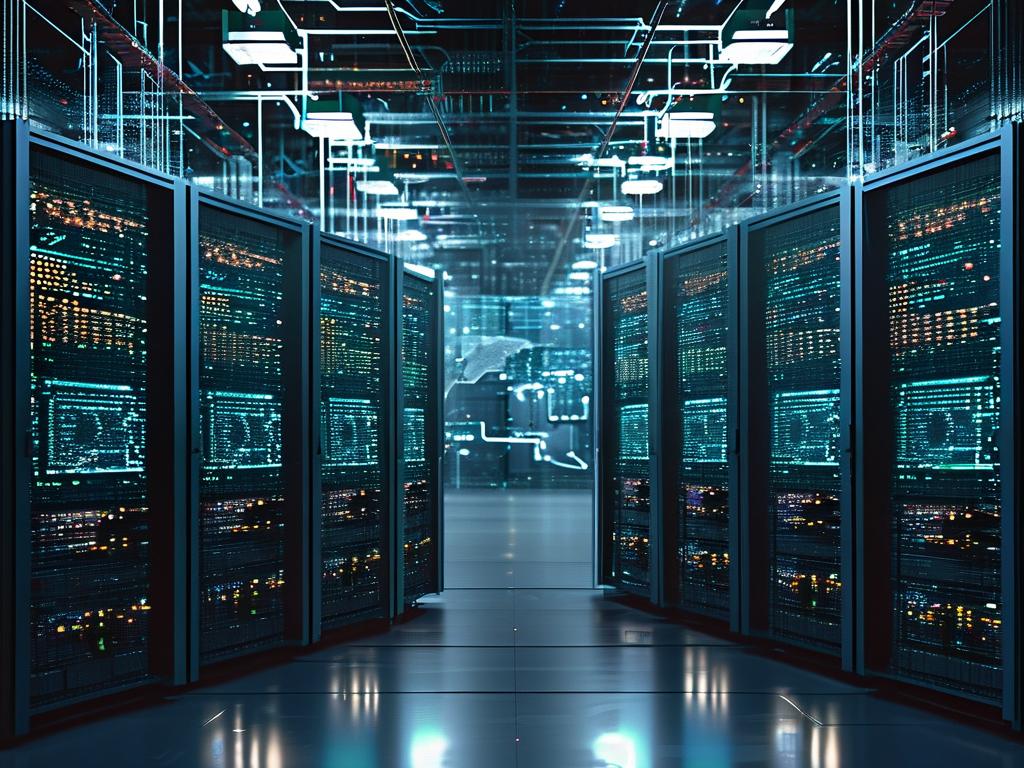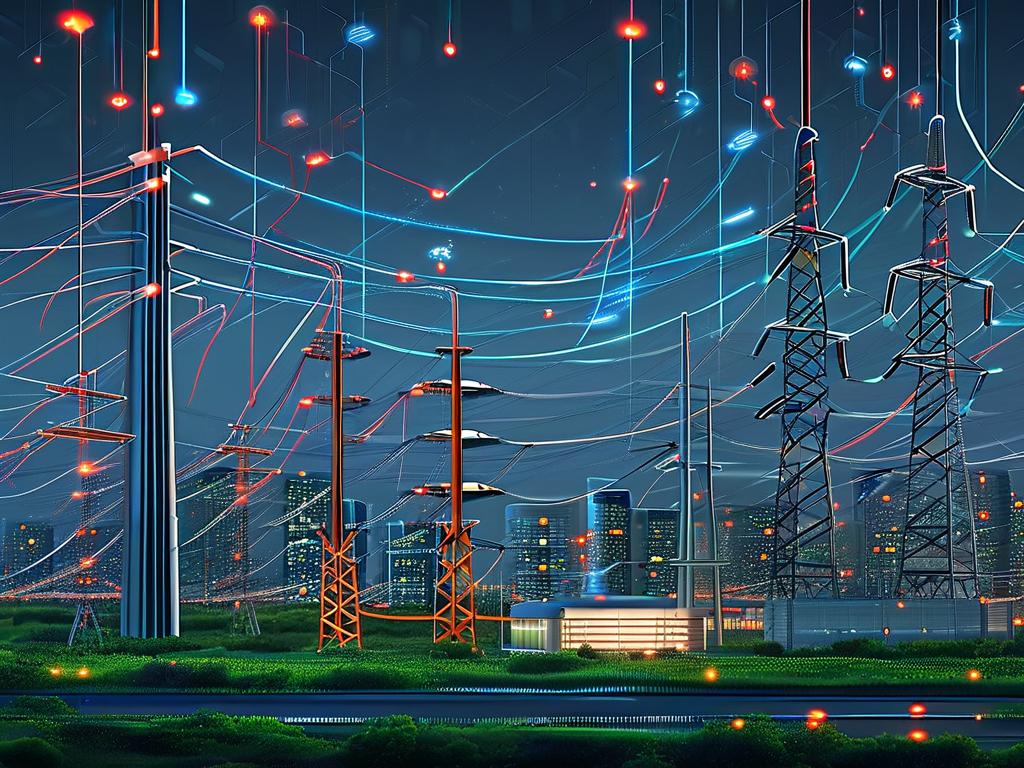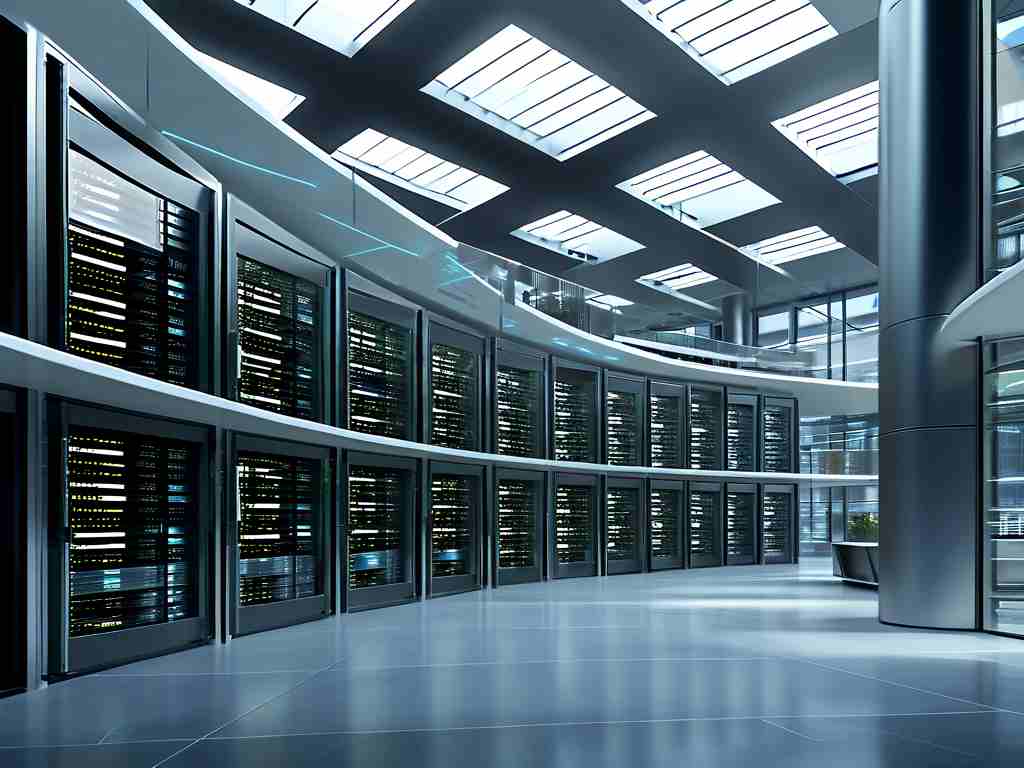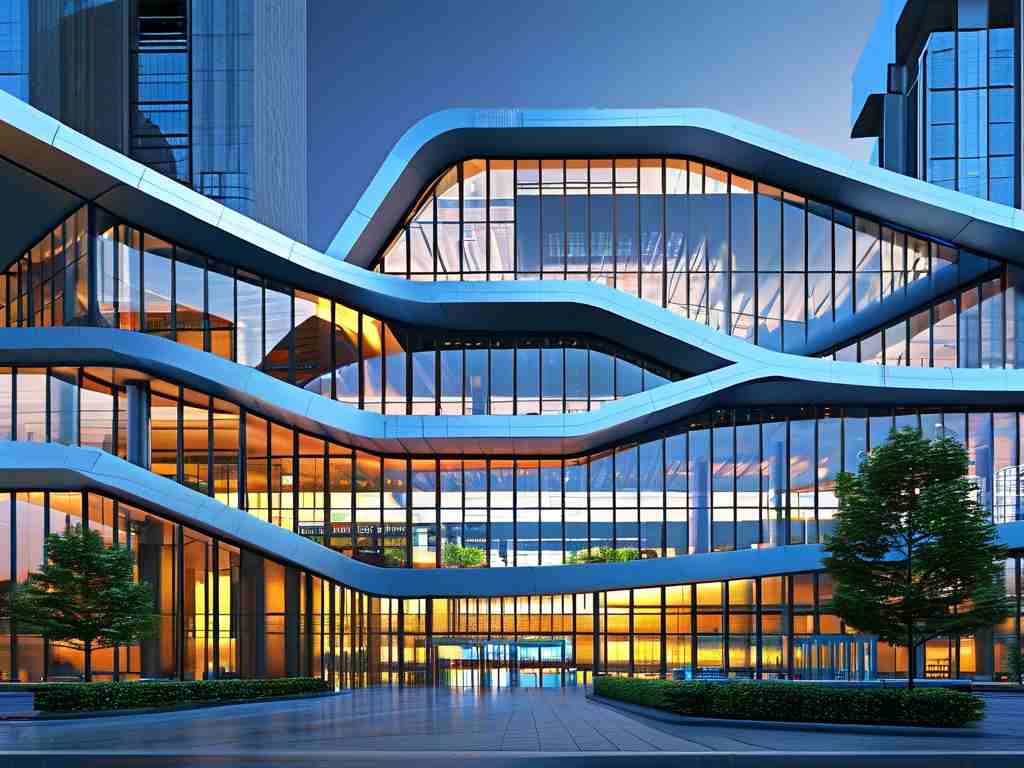In today's tech-driven world, terms like distributed architecture pop up frequently, especially when discussing cloud computing, big data, or modern apps like Netflix or Uber. But what does it actually mean? Let's break it down in plain language.
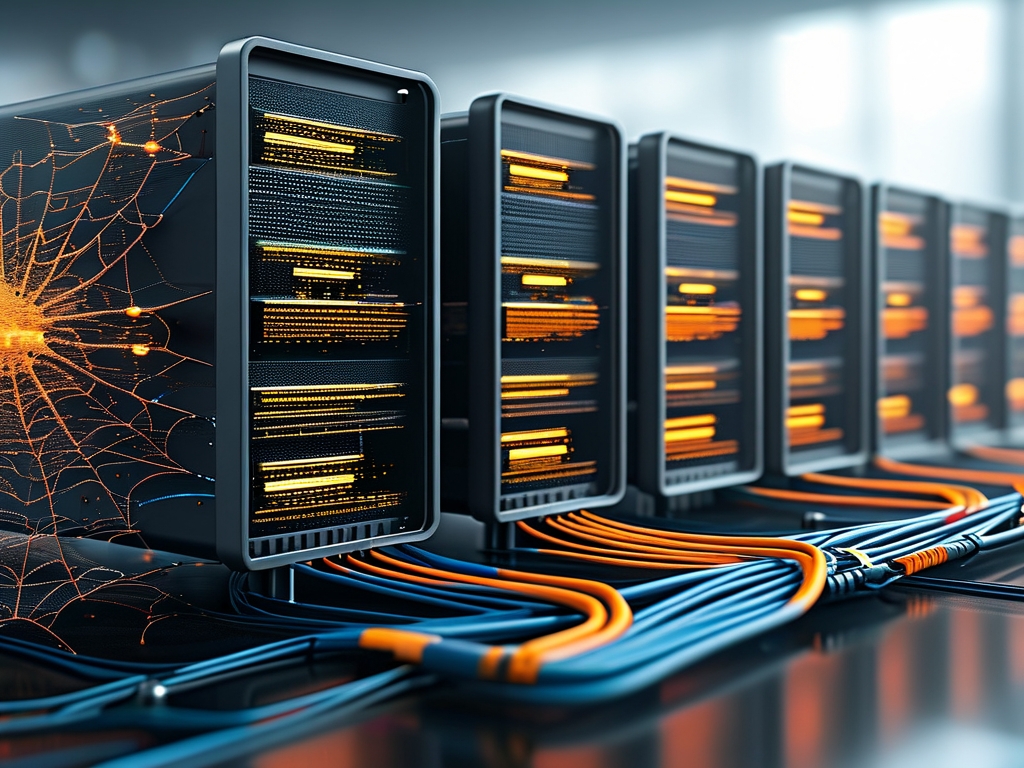
The Basics: What Is Distributed Architecture?
Imagine you're running a pizza shop. If you have one chef handling all orders alone, things get chaotic during rush hour. Now, picture splitting the work: one chef prepares the dough, another adds toppings, and a third handles the oven. This teamwork speeds things up and prevents a single point of failure. Distributed architecture works similarly but for computers. Instead of relying on one powerful machine, it uses multiple interconnected devices (servers, nodes, or computers) to handle tasks collaboratively.
In technical terms, a distributed system spreads workloads across multiple machines, often in different locations. These machines communicate over a network (like the internet) to achieve a common goal-whether storing data, running apps, or processing requests.
Why Does It Matter?
Centralized systems-think of that solo chef-have limitations. If the single server crashes, the entire system goes down. Distributed architecture solves this by:
- Improving reliability: If one machine fails, others take over.
- Scaling efficiently: Need more power? Just add more machines.
- Reducing latency: Servers closer to users deliver faster responses.
For example, when you stream a movie on Netflix, your request isn't handled by a single server in California. Instead, it's routed to a nearby server (part of a distributed network) to minimize buffering.
Key Components of Distributed Systems
- Nodes: Individual machines or servers.
- Network: The communication layer (e.g., internet, intranet).
- Middleware: Software that coordinates tasks (like a manager directing chefs).
- Data Storage: Often distributed across nodes (e.g., databases like Cassandra).
Challenges in Distributed Architecture
Nothing's perfect-distributed systems come with trade-offs:
- Complexity: Coordinating multiple nodes requires sophisticated software.
- Consistency: Ensuring all nodes have the same data (imagine chefs using different recipes).
- Security: More entry points mean higher vulnerability.
A classic example is online banking. If two users try to withdraw money from the same account simultaneously, the system must ensure transactions don't conflict-a problem solved by protocols like two-phase commit.
Real-World Applications
- Cloud Computing (AWS, Google Cloud): Resources are distributed globally.
- Blockchain: Bitcoin's network relies on distributed nodes to validate transactions.
- Social Media: Platforms like Facebook use distributed databases to manage billions of posts.
How Does It Differ From "Decentralized"?
While related, "decentralized" means no central authority (e.g., Bitcoin). Distributed systems can still have central coordination (e.g., Google's servers).
The Future of Distributed Architecture
With 5G and IoT, distributed systems will become even more critical. Self-driving cars, smart cities, and AI rely on real-time data processing across countless devices.
In short, distributed architecture is like a well-coordinated team-instead of one machine doing all the heavy lifting, many work together to get the job done faster, smarter, and more reliably.
